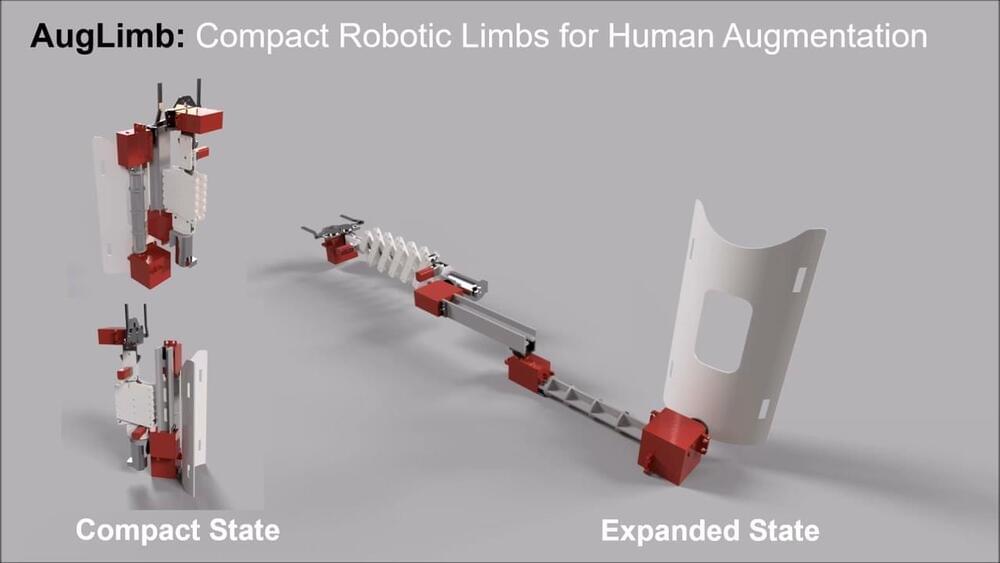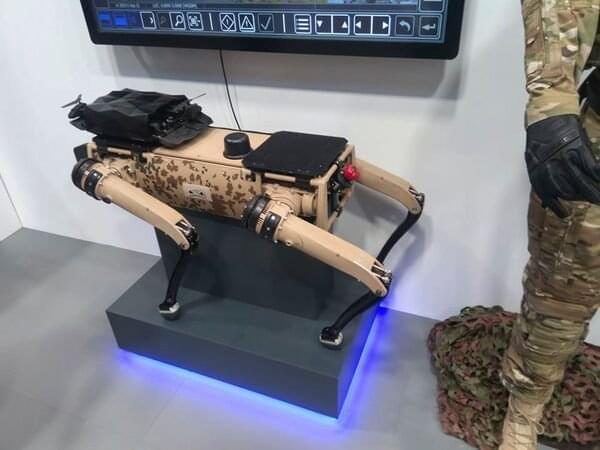A provocative and controversial Documentary about solutions for Humanity and Global Warming.
A film following Danish scientist Bjorn Lomborg who offers a fresh perspective on global warming based on human needs as well as environmental concerns.
A provocative and controversial Documentary about solutions for Humanity and Global Warming.
A film following Danish scientist Bjorn Lomborg who offers a fresh perspective on global warming based on human needs as well as environmental concerns.
Magnets, typically using rare earth metals like neodymium, are found at the heart of most electric vehicle motors. It’s nice to have a permanent source of powerful rare earth magnetism in your rotor, because using powered coils instead means you have to somehow transfer electricity from the battery through to the coils in a spinning rotor. That means you’ll need a sliding point of contact, and sliding points of contact develop wear and tear over time.
Permanent magnets, though, come with their own baggage. Ninety seven percent of the world’s rare earth metal supply comes out of China, and state control over such a crucial resource across a number of high-tech industries has been a serious issue in the past. Official accounts differ about why China decided to restrict rare earth exports back at the start of the decade, as official accounts tend to do, but the result either way was a 750-percent leap in neodymium prices and a 2,000-percent leap in dysprosium prices.
Could these metals be produced elsewhere? Yes. They’re not as rare as the name might suggest. But wherever they’re mined, the only way to economically turn them into magnets is to send them to China for processing – nowhere else in the world is set up for the task, and nobody can compete against China’s minimal labor costs and environmental regulations.
Cancer cell death is triggered within three days when X-rays are shone onto tumor tissue containing iodine-carrying nanoparticles. The iodine releases electrons that break the tumor’s DNA, leading to cell death. The findings, by scientists at Kyoto University’s Institute for Integrated Cell-Material Sciences (iCeMS) and colleagues in Japan and the US, were published in the journal Scientific Reports.
“Exposing a metal to light leads to the release of electrons, a phenomenon called the photoelectric effect. An explanation of this phenomenon by Albert Einstein in 1905 heralded the birth of quantum physics,” says iCeMS molecular biologist Fuyuhiko Tamanoi, who led the study. “Our research provides evidence that suggests it is possible to reproduce this effect inside cancer cells.”
A long-standing problem with cancer radiation therapy is that it is not effective at the center of tumors where oxygen levels are low due to the lack of blood vessels penetrating deeply into the tissue. X-ray irradiation needs oxygen to generate DNA-damaging reactive oxygen when the rays hit molecules inside the cell.
This is for all who like coffee:
“To our knowledge, this is the largest study to systematically assess the cardiovascular effects of regular coffee consumption in a population without diagnosed heart disease,” said study author Dr. Judit Simon, of the Heart and Vascular Centre, Semmelweis University, Budapest, Hungary.
Our results suggest that regular coffee consumption is safe, as even high daily intake was not associated with adverse cardiovascular outcomes and all-cause… See More.
Continue reading “Light-to-moderate coffee drinking associated with health benefits” »
The researchers, from the University of Science and Technology of China, hope that the technique – which uses liquid metal to mimic natural muscle movements — could also help to administer drugs inside the body and underwater drones.
Researchers created an artificial muscle using liquid metal that allows it to expand and contract and hope one day to use the technology to help humans.

Researchers at Japan Advanced Institute of Science and Technology and University of Tokyo recently developed AugLimb, a compact robotic limb that could support humans as they complete a variety of tasks. This new limb, presented in a paper pre-published on arXiv, can extend up to 250 mm and grasp different objects in a user’s vicinity.
“We are interested in human augmentation technologies, which aim to enhance human capabilities with information and robotics approaches,” Haoran Xie, one of the researchers who carried out the study, told Tech Xplore. “We particularly focus on the physical augmentation of human bodies.”
Continue reading “AugLimb: A compact robotic limb to support humans during everyday activities” »
The U.N. human rights chief is calling for a moratorium on the use of artificial intelligence technology that poses a serious risk to human rights, including face-scanning systems that track people in public spaces.
Michelle Bachelet, the U.N. High Commissioner for Human Rights, also said Wednesday that countries should expressly ban AI applications which don’t comply with international human rights law.
Applications that should be prohibited include government “social scoring” systems that judge people based on their behavior and certain AI-based tools that categorize people into clusters such as by ethnicity or gender.
A ship in the Pacific Ocean carrying a high-power laser takes aim at a U.S. spy satellite, blinding its sensors and denying the United States critical eyes in the sky.
This is one scenario that military officials and civilian leaders fear could lead to escalation and wider conflict as rival nations like China and Russia step up development and deployments of anti-satellite weapons.
If a satellite came under attack, depending on the circumstances, “the appropriate measures can be taken,” said Lt. Gen. John Shaw, deputy commander of U.S. Space Command.
DSEI 2021: #Rheinmetall experiments with quadripedal UGVs #DSEI2021 #UGVs

Rheinmetall presented a Q-UGV nicknamed Lassie that it is experimenting with at DSEI 2021. (Janes/Nicholas Fiorenza)
Continue reading “DSEI 2021: Rheinmetall experiments with quadripedal UGVs” »
